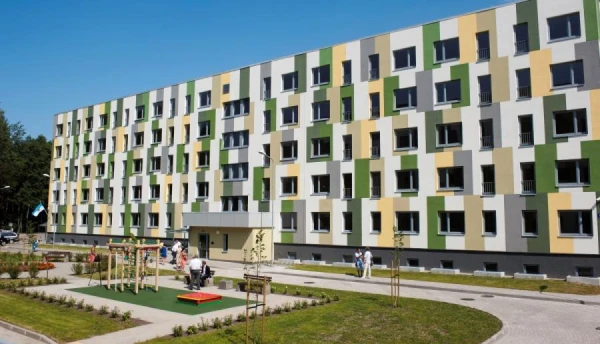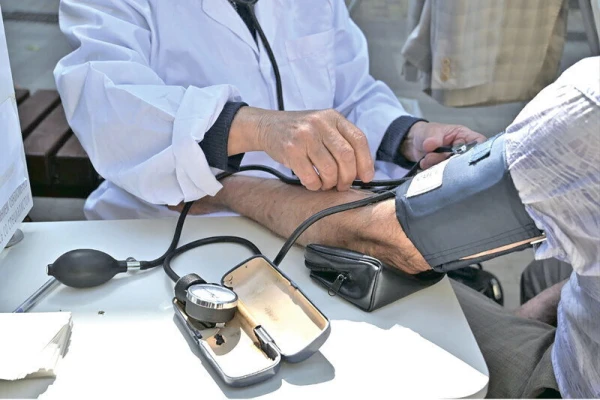
More than half, namely 63% of residents in Latvia, consider it important to live in housing that belongs to them, the Luminor bank reported to the LETA agency, citing a conducted survey.
Survey data shows that in all three Baltic countries, views are similar. In Latvia, more than half — 63% of respondents — acknowledge that it is important for them to live in their own home rather than, for example, rented accommodation. Almost one-fifth of Latvians also agree that it is important for the housing to belong to them. In Lithuania, 74% of residents indicate that it is important for them to live in their own property. In Estonia, this figure is 69%.
Meanwhile, 12% of residents in Latvia believe that it does not matter to them whether the housing belongs to them — the main thing is that it has everything necessary for comfortable living and that it is economically viable. In Estonia, only 9% think this way, while in Lithuania, it is 7% of respondents.
At the same time, Eurostat data shows that residents of Latvia more often live in properties they own — over 80% live in their own houses or apartments, while about 17% rent housing. This is less than the average in the European Union, where in 2023, just over 30% of the population rented housing.
Attitudes towards ownership in Latvia are changing over time: young people under 30 are more open to renting, while after 40, owning a home becomes a pronounced priority — in this age group, about 72% acknowledge that it is important for them to have their own property.
Regional differences show that residents of Riga place less importance on ownership, while in Latgale, housing as personal property is valued above all. The differences between urban and rural areas are minimal — in large cities, 68% of respondents emphasize the importance of ownership, while in rural areas, it is 69%. This indicates that the desire for one's own housing is universal across Latvia, regardless of living conditions.
The survey in the Baltic countries was conducted in September 2025 in collaboration with the research agency Norstat. It involved 3,011 respondents aged 18 to 59.













